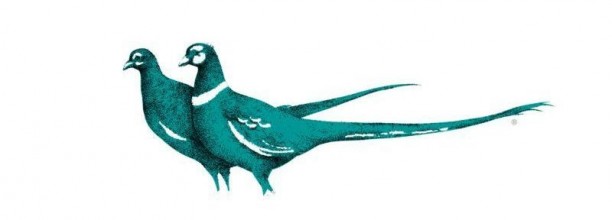
Piedmont
The Piedmont region in the North West corner of Italy is surrounded on three sides by the Alps, bordering the countries of France and Switzerland. The region is largely made up of mountains and hills, the soils are ancient marl and sandstone, the ripening season is characterized by the seasonal Autumn fog, which ensures a long, slow ripening period.
Historically, the classic red wines of the region were a pink, sweet wine produced from the Nebbiolo grape. Nebbiolo is a very thick skinned grape and therefore ripens very late in the season, temperatures would be steadily dropping by harvest and by the time of fermentation the weather would be cold enough to halt the ferments. This would leave a significant amount of residual sugar in the wine.
In the mid-19th century, Camillo Benso, conte di Cavour, the mayor of Grinzane Cavour sent for the French enologist Louis Oudart charging him with improving the winemaking techniques of the local producers. Focusing on improving the hygiene of the cellar, Oudart successfully fermented the wines to dryness, making the first modern Barolo. This new, “dry” red wine soon became a favorite among the nobility of Turin and the ruling House of Savoy. Barolo was soon being described by the catch cry “the wine of kings, the king of wines”.
The Nebbiolo grape is also renowned for a very low or poor transference of colour, the winemakers in Piedmont would give the new wines extended maceration time after fermentation in order to increase colour however, at the same time this would create massive amounts of tannin in the wine. To soften these wines the Piedmontese would leave them to mature in large chestnut tanks for up to seven years, in order to reduce the harsh phenolic compounds. The process caused premature oxidation and volatile acidity, resulting in wines stripped of vibrant, primary fruit characters and leaving them leathery, dried out and astringent.
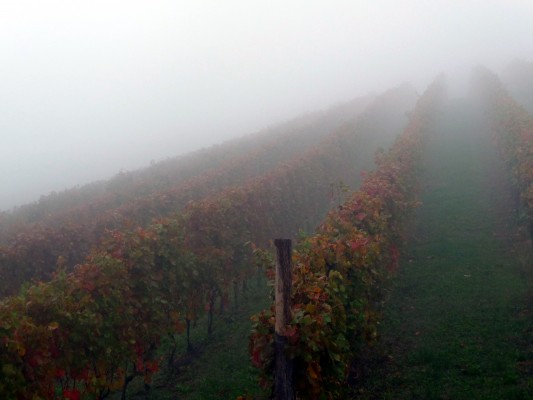
Barolo & Barbaresco
Situated less than 20 kilometers apart and with the wines both made from the Nebbiolo grape, the wines of Barbaresco and Barolo have distinct differences. Located south of the river Tanaro, and at slightly lower altitudes, Barbaresco receives a slight maritime influence which allows the Nebbiolo to ripen a little earlier than it does in the Barolo. This allows the grape to get to fermentation earlier with a shorter maceration time. The early tannins in a young Barbaresco are not quite as harsh as Barolo. The most pronounced difference between the two wines is that the tannins of Barbaresco tend to soften quicker, which can make the wines more approachable to drink at an earlier. The smaller vineyard areas mean that annual production of Barbaresco is around 35% the production of Barolo and therefore the best wines are often harder to seek out. However, the smaller area and consistent soils in Barbaresco does generally produce more even profiles among the vineyards than across the more expansive Barolos. The larger Barolo region has a wider variation of soils producing wines with their own unique expressions of the various sites and many of the best wines are single vineyard productions.
The Piedmont Revolution
In 1961, a 21 year old boy named Angelo Gaja commenced work at his family’s winery in Piedmont in the north west of Italy. At the time, the ancient valleys of the Occitan were something of a bucolic backwater, producing wines in a very traditional manner; only 100 or so producers were working with the Nebbiolo grape and their reputation was for producing harsh, impenetrable, rustic wines with excessive tannin and oxidized fruit.
The Gaja winery was founded in 1859 by Giovanni Gaja, the Gaja family having arrived from Spain during the 17th century. The family opened a taverna in Barbaresco, serving its wines with the food. At the end of the 19th century, Gaja wines were bottled and supplied to the Italian army in Abyssinia. In 1937, Giovanni Gaja first put the name Gaja in big red letters on his bottles. The firm progressed following World War II as Giovanni Gaja made a series of significant vineyard purchases both in terms of scale and quality.
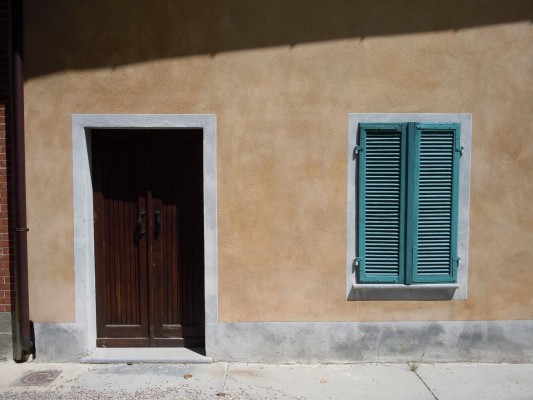
At the time of Angelo Gaja’s commencement in the family business, just five producers in the region bottled and labeled Piedmontese wine under their own name. Other growers and producers sold to a number of negociants in the region and for these operators the incentive to produce wines of a higher quality was not really a part of the equation.
Angelo studied winemaking at both the School of Enology in Alba and at Montpellier in France, and holds a degree in economics from the University of Turin. Following his studies and travels in France, where he learned new techniques in viticulture and winemaking and after many disputes with his equally passionate, yet staunchly traditional father, the younger Gaja set about introducing dramatic changes to the family business, abandoning generations of time honoured traditions in the region. “Sure, the wines from around here are ancient, but until recently, so was the winemaking” is an early quote attributed to the young rebel.
Harsher pruning and lower yields in the vineyard, temperature controlled fermentation in stainless steel tanks, malolactic conversion, maturation in new French barriques and even the introduction of non-indigenous varieties are all regional revolutions attributed to the young Angelo Gaia. He also concentrated on producing single vineyard wines that brought out the unique expression of the variety from each site, he planted Cabernet Sauvignon in one site that he eventually gave the name Damagi, which translates in English to ‘its a pity’, which is said to be the word his father uttered whenever he walked past the vineyard.
Soon, Angelo Gaja’s wines were gaining an international reputation that the region’s producers had never even dreamt of before and he was inspiring others such as Ceretto, Paolo Cordero di Montezemolo, Elio Altare, and Renato Ratti, to follow his lead.
“Angelo Gaja is credited with developing techniques that revolutionized winemaking in Italy, and terms such as “the undisputed king of Barbaresco”, and “the man who dragged Piedmont into the modern world” have been applied to him, and whose wine is considered a status symbol on a par with Château Lafite-Rothschild or Krug. “
Today the wines of Angelo Gaja can fetch Bordeaux first growth like prices and have made him the most highly regarded and celebrated Italian winemaker in the world. His Barbaresco and Barolo wines are incredibly complex and intriguing and thanks to his convictions are accessible even at a young age although, the wines still have an ability to improve in the cellar for many years to come.
Gaja, Barolo and Barbaresco wines can possess a bouquet of infinite complexity with a heady perfume of antique woods and dried bark, cedar forest and pine needles, damp forest floor along with all number of wild mushrooms and truffles, earthy-musty undertones, hung game and animal scents, dried Provencal herbs, dried flowers and briar-underbrush, clove and oriental spices, dark soy, black teas, liquorice and cigar-box aroma; a persuasive nepenthe and the perfect complement to truffle and wild mushroom dishes.
“The reputation of Gaja evolved over the years as his uncompromising policy became established. He refused to sell 12,000 cases (1,100 hl) of 1984 Barbaresco under the Gaja label, opting instead to sell it off in bulk. His stature also strengthened by commendations such as the Wine Spectator proclamation that the 1985 Gaja Barbarescos were “the finest wines ever made in Italy”, the selection for the 1997 Wine Spectator Distinguished Service Award, and for “1998 Decanter Man of the Year”.
However, “Traditionalists” initially argued that the wines produced in this way were not recognizable as Barolo and the controversies between traditionalists and modernists became known as “The Barolo Wars”. Today, some thirty years or more on, there are as many ways of making Barolo and Barbaresco as there are vineyards in the region and none will argue that the wines have benefited from the upheaval and from what has ultimately been a noble pursuit to make finer and better quality wines. Wines that are now recognized and sought after by collectors and connoisseurs the world over.
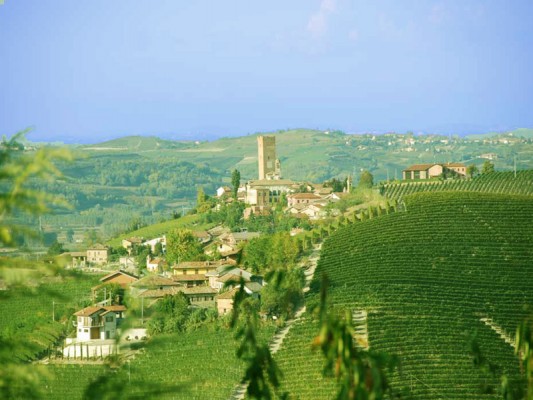
The Wines of Gaja
Barbaresco
Gaja Barbaresco DOCG
The Gaja estate flagship wine which has been produced since its founding in 1859.
It is a 100% Nebbiolo varietal wine sourced from 14 different Barbaresco zone vineyards. It has 12 months of barrique aging and then 12 months of aging in large oak casks.
Costa Russi
A single vineyard acquired by the Gaja family in 1967. The name comes from the term “costa”, the side of a hill facing the sun, and “Russi” a nickname of the previous owner.
Its grape variety distribution is ca. 95% Nebbiolo and 5% Barbera, with 12 months in barriques and then 12 months in large oak casks. It is classified Langhe Nebbiolo DOC.
Sorì Tildìn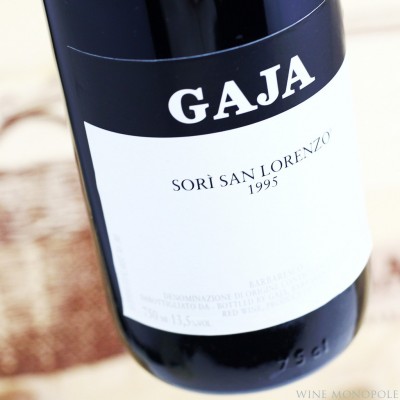
A vineyard acquired by the Gaja family in 1967, first produced as a single-vineyard wine in 1970. “Sorì” is a Piedmontese word for “hilltop with southern exposure” and “Tildìn” was a nickname of Clotilde Rey, Angelo Gaja’s grandmother.
Its grape variety distribution is ca. 95% Nebbiolo and 5% Barbera, with 12 months in barriques followed by 12 months in large oak casks. It is classified Langhe Nebbiolo DOC.
Sorì San Lorenzo
A vineyard bought from the parish of Alba in 1964, named after San Lorenzo, the patron saint of Alba’s cathedral.
Its grape variety distribution is ca. 95% Nebbiolo and 5% Barbera, with 12 months in barriques followed by 12 months in large oak casks. It is classified Langhe Nebbiolo DOC.
Barolo
Sperss
Having purchased grapes from Serralunga for the Gaja Barolo until 1961, this ceased with the decision to produce only from estate-owned vineyards. In 1988, Gaja bought the vineyard. The name is Piedmontese for “nostalgia”, indicating a longing to return to the making of Barolo after several years of absence.
Its grape variety distribution is ca. 94% Nebbiolo and 6% Barbera, with 12 months in barriques followed by 12 months in large oak casks. It is classified Langhe Nebbiolo DOC.
Conteisa (Conteisa Cerequio)
The name is Piedmontese for “quarrel”, referring to a historic dispute between the communes La Morra and Barolo, both claiming the Cerequio land.
Its grape variety distribution is ca. 92% Nebbiolo and 8% Barbera, with 12 months in barriques followed by 12 months in large oak casks. It is classified Langhe Nebbiolo DOC.
Dagromis
Named after the Gromis family which owned the vineyard in the commune of La Morra throughout the 19th century, before acquired by the Gaja family. It is blended with fruit from another Gaja-owned vineyard in Serralunga.
It is a 100% Nebbiolo varietal wine, with 12 months in barriques followed by 12 months in large oak casks. It is classified Barolo DOCG.
Darmagi
Planted in 1978, the name meaning “what a shame” or “pity!”, is said to be a comment made by Angelo Gaja’s father, Giovanni Gaja, reflecting on Cabernet vines planted on a prime Nebbiolo site.
Its grape variety distribution is ca. 95% Cabernet Sauvignon, 3% Merlot, 2% Cabernet Franc, aged 6 to 8 months in barriques, then 12 months in large oak casks. It is classified a Cabernet Sauvignon Langhe DOC.
Sito Moresco
Several estate-owned vineyards, among which the 10 hectares (25 acres) Sito Moresco vineyard in Barbaresco, with the name “Moresco’s site” referring to the former owner of the vineyard.
Its grape variety distribution is ca. 35% Nebbiolo, 35% Merlot, 30% Cabernet Sauvignon, aged 18 months in barriques, then at least 6 months of bottle aging. It is classified Langhe DOC.
Gaia & Rey
The Gaja estate’s first white wine, sourced from the Gaia & Rey vineyard which was planted in 1979. It is named for Angelo Gaja’s oldest daughter, Gaia Gaja, and his grandmother, Clotilde Rey.
It is a 100% Chardonnay varietal wine, with 6–8 months of barrique aging with malolactic fermentation. It is classified Langhe.
Alteni di Brassica
The vineyards were planted with Sauvignon blanc in 1983. The name comes from the “alteni”, small stone walls that in the past surrounded the orchards in the area, and “brassica”, yellow flowers that cover the vineyards in the spring.
It is a 100% Sauvignon blanc varietal with 6–8 months of barrique aging with malolactic fermentation. It is classified Langhe.
Rossj-Bass
The wine is produced from grapes grown in multiple estate-owned vineyards. The Rossj vineyard, planted in 1984, is named for Angelo Gaja’s youngest daughter Rossana “Rossj” Gaja.
Its grape variety distribution is predominantly Chardonnay with a small portion of Sauvignon blanc, aged in barrique for 6–7 months with malolactic fermentation. It is classified Langhe.
Grappa
There is also produced the three Castello di Barbaresco grappas named Sperss, Gaia & Rey and Darmagi, originating from these vineyards. They are distilled from Nebbiolo, Chardonnay and Cabernet Sauvignon, respectively. There is also produced Grappa di Barbera and Grappa di Barolo.
